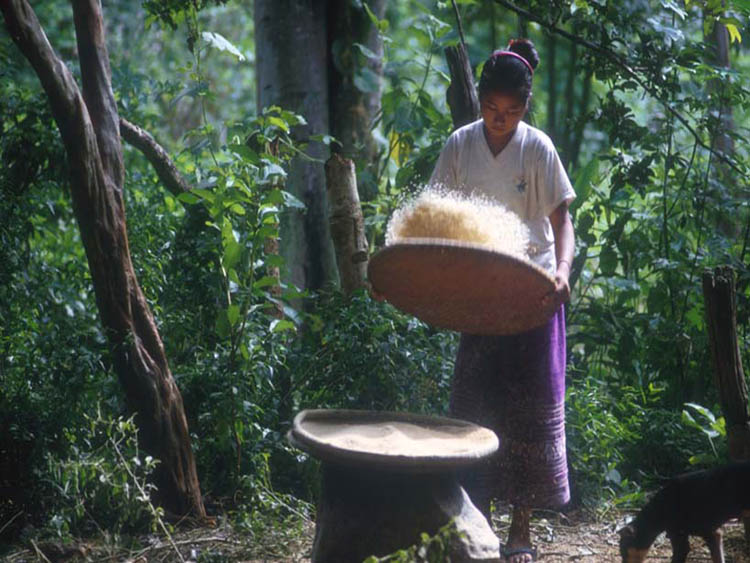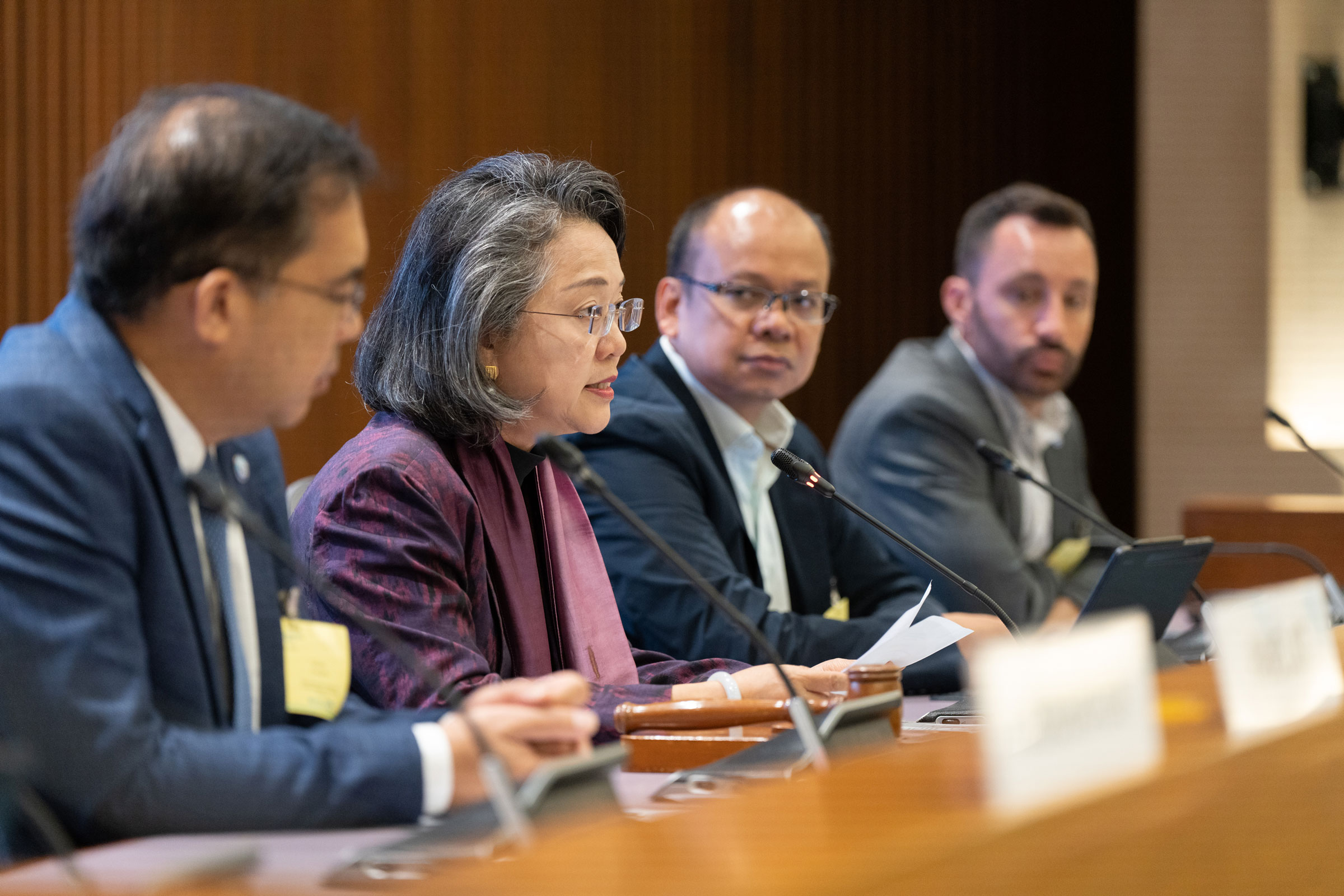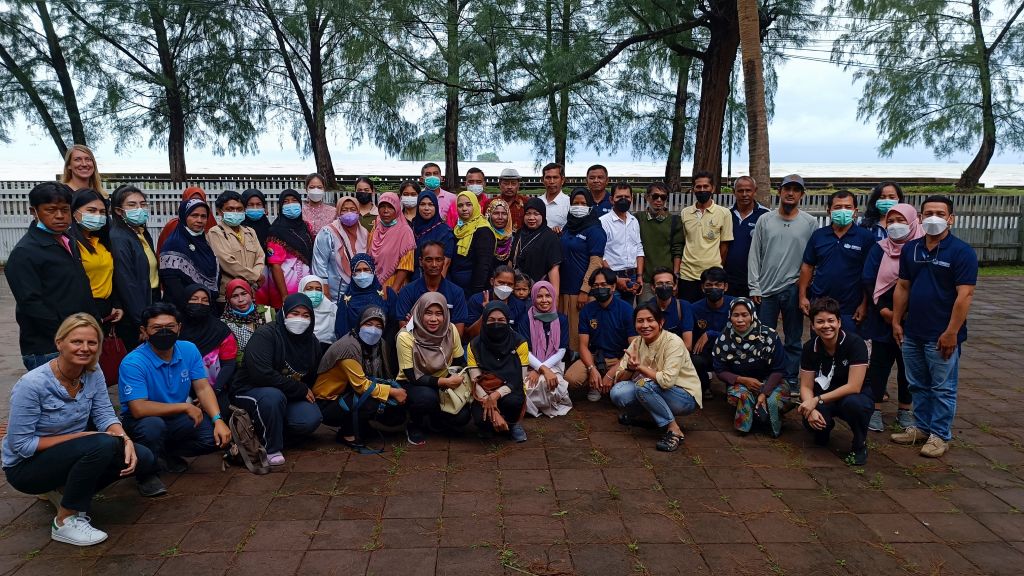IUCN and FAO to lead flagship forest program in Southeast Asia
Bangkok, Thailand, 6 December 2022 (IUCN) – The International Union for Conservation of Nature (IUCN) and the Food and Agriculture Organization of the United Nations (FAO) will lead the Indo-Malaya Critical Forest Biomes Integrated Program of the Global Environment Facility (GEF). This flagship GEF program will support countries in conserving globally critical intact forest landscapes through interventions inside and outside protected areas.
The Indo-Malaya program will be open to Indonesia, Papua New Guinea, Malaysia, Myanmar, Thailand, Laos, Vietnam, Cambodia, and Bhutan. The region’s 63 million hectares of primary forests, or intact forest landscapes that have not been influenced by human activities, are home to more than 5,000 threatened species, store millions of tons of carbon, and support millions of livelihoods, especially of indigenous peoples. In the past 20 years, the region lost more than 17 million ha of primary forest due to agricultural expansion, mining, illegal logging, and infrastructure projects.
“Primary forest landscapes provide unique ecosystem benefits and functions that cannot be replaced. The Indo-Malaya Critical Forest Biomes Integrated Program will provide critical support to key Asian countries and subregions in protecting these vital ecosystems and contribute towards their climate and biodiversity targets”, says Dindo Campilan, IUCN Asia Regional Director.
The Indo-Malaya program is part of the GEF’s programming directions for 2022 – 2026, a programming period known as GEF-8. The program will aim to secure the integrity of the critical tropical forests of the Indo-Malay Biome for the benefit of people and nature by strengthening the governance, management, investments, partnerships and capacity building for area-based conservation and sustainable forest landscapes in the region by expanding and strengthening the management of protected areas, other effective area-based conservation measures (OECMs) outside protected areas, promoting alternative and improved livelihoods and creating an enabling environment.
“Our primary forests are under threat, and the biodiversity, clean water, natural heritage, and healthy ecosystems they provide are under threat too,” says Sheila Wertz-Kanounnikoff, FAO Senior Forestry Officer and Forestry and Biodiversity Module Leader. “In partnership with IUCN, our joint leadership of the GEF’s Indo-Malaya Critical Forest Biome Integrated Program will help countries in the region conserve these forests and ensure they remain part of the solution to the global biodiversity and climate crises.”
The 63rd Council Meeting of the GEF selected IUCN to lead and FAO to co-lead the program due to the collective leadership in protected area governance and management, rights-based conservation, forest landscape governance and management, and the agriculture, forest and other land use sectors. The program will build on the comparative strengths of IUCN and FAO to create enabling policies for integrated planning and governance reforms, by establishing partnerships and leveraging investments to maximize global environmental benefits, poverty alleviation and improved economic development.
IUCN and FAO are implementing agencies of the GEF, a partnership of 18 agencies and 183 countries which addresses the world’s most challenging environmental issues related to biodiversity, climate change, land degradation, chemicals, and international waters. GEF provides grants to countries to meet these challenges whilst contributing to key development goals, such as food security.
Relevant links:



